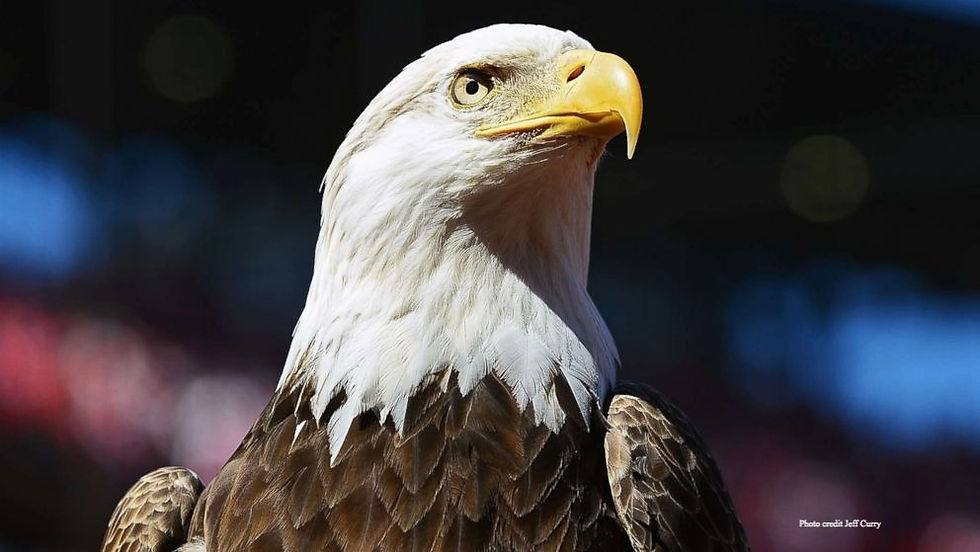CRITTER SPOTLIGHT: Pileated Woodpecker: Dryocopus pileatus
- cynthiamorissette
- May 23, 2021
- 2 min read
Good Morning Watershed Explorers,
Today's critter spotlight is about the pileated woodpecker, Dryocopus pileatus. We had the pleasure of being visited by a pileated woodpecker for just a few moments several weeks ago. We have walked our woods looking for the barred owl that I wrote about in last week's post, and this beautiful bird stopped by for a sighting.

Pileated woodpeckers, like the barred owl, prefer mature forests with dead trees and downed logs. This describes our woods well, however, we have not seen the woodpecker again. We are unsure whether it was visiting or if it lives here.
Dryocopus pileatus is a large bird, about the size of a crow. These woodpeckers can grow to almost 20 inches in height and typically weigh from 9-12 ounces. Females and males look very similar, both share a bright red crest on the head and the coloring of the body is mostly gray/black with some white patches. One distinct difference is that males have a red patch of feathers on their cheek whereas on females this patch is dark gray/black.
Pileated woodpeckers are omnivores. While most of their diet consists of carpenter ants, about 40%, pileated woodpeckers also eat termites, caterpillars, nuts, berries, and more. One reason why these woodpeckers prefer mature forests is due to the number of carpenter ants that are present. Carpenter ants do not eat wood, they burrow through it. They do prefer dead or decaying wood.
Pileated woodpeckers have one brood each year, consisting of 3-5 white eggs. The incubation period for eggs is 15-18 days and babies stay in the nest for about one month. Nests are created in dead trees. Entrances are an oblong shape as opposed to the circular ones created by other woodpecker species. Pileated woodpeckers line their nest with extracted wood chips. It usually takes about 3-6 weeks to construct a nest. Males do most of the construction but females help, usually once the nest is nearing completion.
Click here to see a very quick video of a male working on a nesting hole and to hear the call of the pileated woodpecker https://www.youtube.com/watch?v=SNVGPmo1xuA
I hope that you enjoyed learning more about the pileated woodpecker. Most of the information that I gathered today comes from the Cornell Ornithology Lab. If you would like to check out their website, click on this link https://www.allaboutbirds.org/news/
Enjoy this gorgeous May day friends. Get out and explore.
Mrs. Morissette






i like this critter really cool